How logos communicate
published on 12.12.22
Creating a logo that is memorable while at the same time conveying a message is no easy feat. In fact, crafting an effective visual identity is one of the most complex tasks for any graphic designer or art director. To ensure that it is unique and to develop it successfully, a lot of research and a great deal of creativity are required.
As we all know, the core purposes of this unique piece of branding are clearly twofold: identifying and differentiating each brand. However, through their formal structure they also represent and suggest, while helping to build a corporate identity and reinforce an image. They must convey values and connect with the target audience.
In other words, all logos communicate because they are the visible face of a company or project. They are not merely images composed of text, a combination of text and graphic elements, or just graphic elements. They are not a random design element. They must be carefully thought out and reasoned. They are, therefore, a fundamental part of the construction of a corporate image, which must communicate its essence and personality. In this post we aim to delve a little deeper. We will reveal how 10 famous logos were created, and how some of the messages they contain may go unnoticed at first glance.
ADIDAS
This brand actually has four logos; we will focus on two. The first is in the shape of a trefoil (created in 1971), with the three leaves symbolizing the three markets where its products could be purchased: Europe, Asia and the United States. In 1991, a second logo was created in the shape of a mountain. It is based on the idea of overcoming obstacles to achieve the ultimate goal: victory. This is evident in the isotype created by the three broad stripes of different heights, which together form the oblique incline, at an angle of 30º, through a stepped effect. A logo packed with power, challenge and self-improvement.
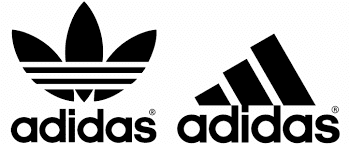
AIRBNB
Another logo that is also part of our popular culture is that of Airbnb. The name of the brand is based on the abbreviation of the words Air Bed & Breakfast. However, the current design, known as Bélo and created by the DesignStudio agency, has a multifaceted significance that goes further and is difficult to identify at first glance. It is a graphic representation of the four defining elements of the company: people, places, love and an “A”. On closer inspection, the following semantic symbols become visible: the crossing of the lines at the bottom forms the outstretched arms of a person; it is also the Google maps location icon that relates to places; an inverted heart that expresses love, and, in a very simple way, the upper angle symbolizes a capital “A”, the first letter of the brand’s name.


AMAZON
In 2000, Jeff Bezos’ behemoth Amazon changed its visual identity and quickly became an example of simplicity and contemporary style for a new generation. With lowercase letters, this visual identity bears a dual message. The first concerns the orange curved arrow at the bottom, created by designer Turner Duckworth, which resembles a warm smile and symbolizes that the brand is friendly and provides a trustworthy service. The second message is also related to the arrow, as it links two letters, “A” and “Z”, representing that the e-tailer has absolutely everything you could want in its vast catalogue, everything from “A” to “Z”.

CARREFOUR
The first Carrefour opened at a crossroads in the French village of Sainte-Geneviève-des-Bois. Hence the name of the brand, Carrefour, which is French for intersection, crossroads or junction. As for the logo, it also has its own message: the opposing arrows highlight the name of the French hypermarket chain, while the negative space creates a large “C” between the two arrows pointing in opposite directions. In addition, the white, blue and red colors are the same as the French flag. As you can see, everything is very well considered.
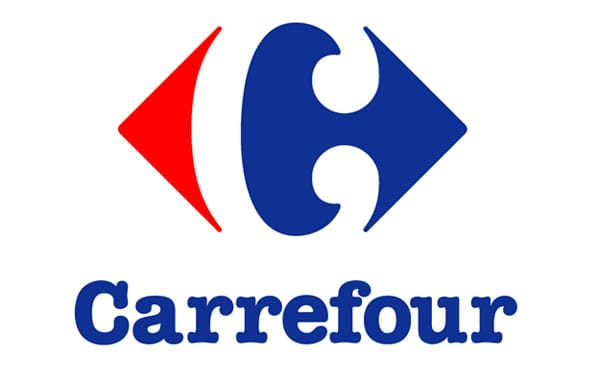
FEDEX
In 1994, FedEx was looking for a new, more contemporary and balanced image. More than 200 different options were developed to portray speed, the most important attribute of the Federal Express delivery service. But how can this be represented? An arrow with a white background is created between the letters “E” and “X”, which, in an original way, conveys the idea of the speed with which they work and the precision of their service. The use of negative space was a big hit and once you’ve seen the arrow you simply can’t unsee it. Boasting more than 40 design awards, this logo is one of the most successful examples of the use of negative space, where the detail, even if it is hidden, allows the idea to shine and be effective.
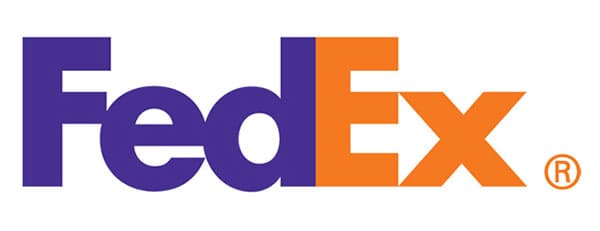
Google is one of those companies that have managed to remain top of mind around the world, and its current logo was designed in 2015. However, due to the Google Doodles, it can be considered as one of the most frequently changing logos. Have you ever wondered why Google uses 4 colors in its logo? Google’s palette, composed of four basic tones, has different meanings. Firstly, it represents the four elements: air, earth, fire and water. But there is also a second meaning where green represents growth, red signifies the passion of its founders, yellow is energy and intelligence, and blue is diversity. Whatever their meaning, the colors red, blue, yellow and green reflect the variety of Google’s services and their endless possibilities.

THE TOUR DE FRANCE
The current logo of the legendary Gallic cycling event was created by French designer Joel Guenoun in 2002, and has remained unchanged ever since. The brushstroke style gives it a distinct and original feel, while the splash of yellow symbolizes the famous yellow jersey that is awarded to the winner of each stage. One of the most creative aspects of this logo is the inclusion of a cyclist in the “R” of the word “Tour” as part of the typographic design, with the “O” as the rear wheel and the yellow circle as the front wheel.

NIKE
The name of the world’s most famous sports brand is derived from the Greek goddess of victory, Nike, and the history of its logo is quite curious. In the early 1970s, graphic design student Carolyn Davidson was commissioned to create a logo based on a simple brief: that it should embody movement and follow the aesthetic approach of Adidas. The young designer presented her first sketches to Phil Knight, Nike’s founder, in black with the brand name and the famous “Swoosh”, a highly distinctive graphic element that conveyed movement and was inspired by the wings of the aforementioned Greek goddess. The company’s founder was initially unconvinced by this logo and paid the designer just 35 dollars. Ten years later, he presented her with a gold ring and an envelope stuffed with shares in the company as a thank you. Carolyn Davidson was a Nike designer for decades.

QUIKSILVER
In 1969, Alan Green, an Australian surfer, created a brand of comfortable sports clothing. He designed the logo for the Quiksilver brand himself, which features a minimalist version of the woodblock print The Great Wave of Kanagawa by Japanese artist Katsushika Hokusai. The masterpiece depicts a raging storm off the coast of Kaganawa, with Mount Fuji in the background. Green drew inspiration from it to create a stylized image of a wave breaking over a large mountain. It all fits together perfectly, since Quiksilver produces a wide range of surf (wave) and snowboard (mountain) products.
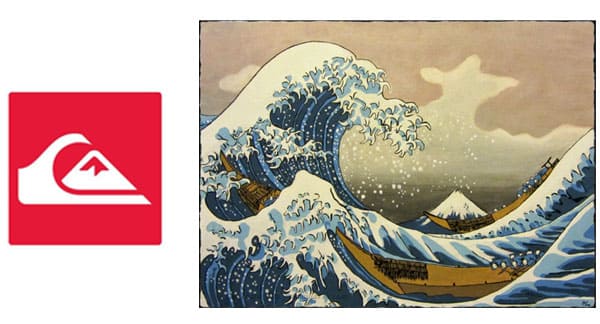
TOBLERONE
Why would a chocolate brand have a mountain in its logo? Swiss-based Toblerone has been producing chocolate since 1908 and, to differentiate itself from other brands in the sector, the designers created the logo based on the Matterhorn in the Alps – a very creative way of saying that this product is “Made in Switzerland”. The pyramid-shaped mountain is one of the world’s most iconic and is located between Italy and Switzerland. But on closer inspection the logo also contains a hidden message: on the mountain, the silhouette of a bear is perfectly defined in the negative part of the logo. A clear homage to Bern, known as “the city of bears”, the place where Theodor Tobler and his cousin Emil Baumann came up with the idea for this famous chocolate bar.
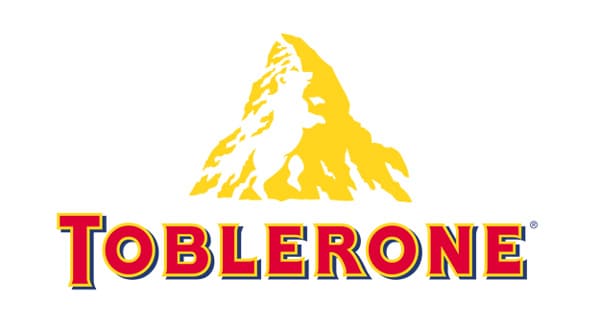
Author: Joan Margarit, Marketing and Communication Analyst.
If you liked this article and you want to learn more about our Bachelor in Management, Master in Management, or any of our MSc programs, tap the buttons below:
